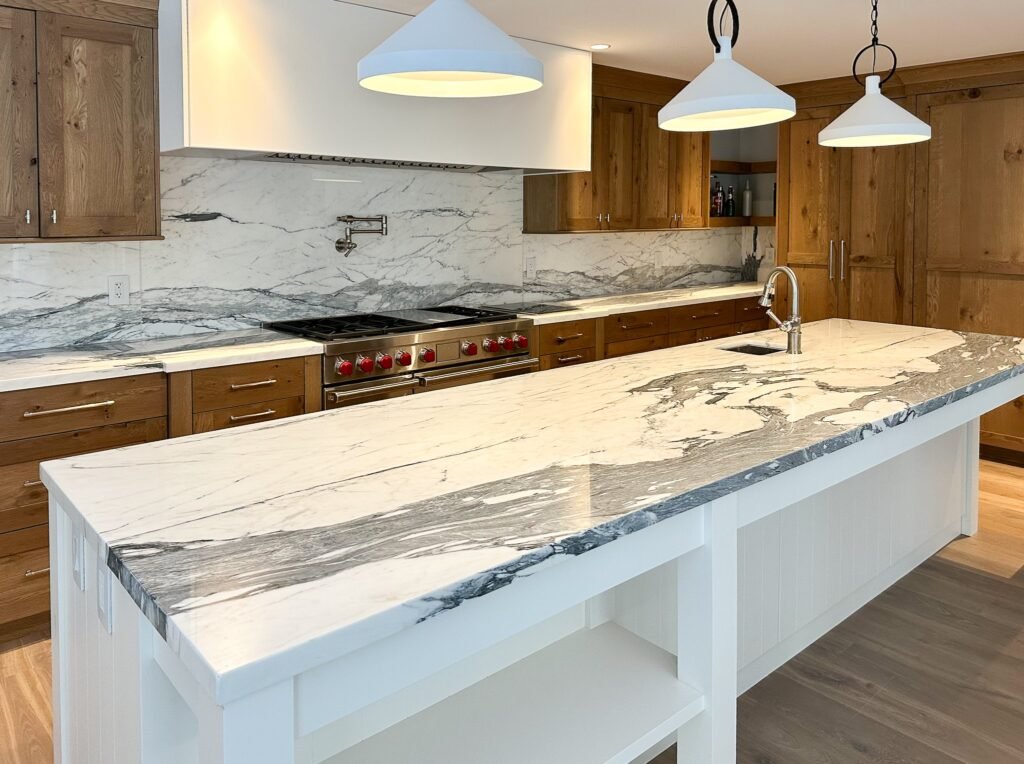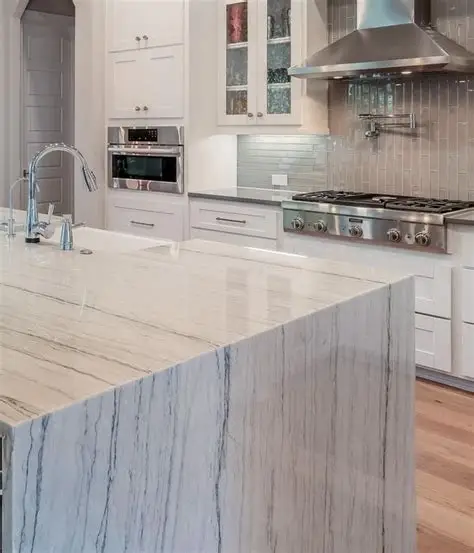Granite is among the most popular materials used in construction and interior design. Whether you’re admiring a polished granite countertop or marveling at a building’s stone façade, you might wonder about its composition. One of the most frequently asked scientific questions is: Is granite a mixture? This article breaks down what granite is made of, its classification, and how that impacts its applications in daily life.

What Is Granite Made Of?
Composition of Granite
Granite is composed primarily of quartz, feldspar, and mica. These minerals are naturally occurring and contribute to granite’s durability, color, and texture. Because granite includes a combination of different minerals, it is considered a mixture.
Is Granite a Mixture?
Yes, granite is a heterogeneous mixture. A mixture is a combination of two or more substances that are not chemically bonded. In granite, the individual mineral crystals are visibly separate and retain their own physical properties.
Learn more: Is granite a mineral?

Heterogeneous vs. Homogeneous Mixtures
What Type of Mixture Is Granite?
Granite is a heterogeneous mixture because:
- Its mineral grains are distinct and visible to the naked eye
- It is not uniform in composition throughout the rock
- Different minerals can be physically identified and separated
This means that granite does not qualify as a pure substance or a homogeneous mixture.
Compare: Is granite a natural stone?
Granite Geology and Formation
How Granite Is Formed
Granite is an intrusive igneous rock, formed by the slow cooling of magma beneath the Earth’s surface. This slow cooling allows large crystals to grow, contributing to granite’s coarse-grained texture and heterogeneous nature.
Mineral Components
Typical granite includes:
- Quartz: Glassy and clear
- Feldspar: White, pink, or gray
- Mica: Shiny flakes, usually black (biotite) or silvery (muscovite)
These minerals do not chemically react to form a new compound. Instead, they coexist in the rock, supporting its identity as a mixture.
Characteristics of Granite Stone
Physical Properties
- Hardness: 6–7 on the Mohs scale
- Color: Varies depending on the mineral content
- Durability: Extremely resistant to heat and scratching
These characteristics of granite make it ideal for use in both indoor and outdoor settings.
Aesthetic Appeal
- White granite countertops and black granite countertops are popular in modern kitchens
- Granite provides a natural, luxurious look that pairs well with a variety of cabinet colors
Natural vs Engineered Granite
Natural Granite
- Mined from quarries
- Unique in appearance due to mineral variety
- Requires sealing granite to prevent staining
Engineered Granite
- Made from crushed granite and resin
- More uniform, easier to maintain
Both types are widely used, but natural granite remains more valued for authenticity.
Granite Countertop Applications
Why Use Granite?
Granite is commonly used for:
- Kitchen countertops
- Bathroom vanities
- Fireplace surrounds
- Flooring and outdoor features
Explore more: Granite countertop
Maintenance Tips
- Use gentle cleansers to clean granite countertops
- Regularly inspect for cracks or chips
- Repair damage with epoxy kits or professional help:
Comparing Granite to Other Stone Materials
Granite vs Quartz Countertops
- Granite: Natural, heterogeneous, heat-resistant
- Quartz: Engineered, more uniform, non-porous
Granite vs Marble
- Granite is harder and less porous
- Marble offers elegance but requires more maintenance
Granite vs Soapstone and Concrete
- Soapstone is softer and has a matte finish
- Concrete can be customized but may crack over time
In terms of natural stone countertop comparison, granite often offers the best balance of beauty and durability.
Aardwolf Granite Product Line
What Aardwolf Offers
- Aardwolf granite countertop collection
- Premium granite slabs
- Granite installation services
- Affordable pricing guide
- Best granite colors for modern kitchens
Need to transport slabs? Aardwolf offers lifting clamps for secure and efficient material handling.
Conclusion: Granite Is a Heterogeneous Mixture
Granite is not a single mineral or a pure substance. It is a heterogeneous mixture composed of visibly distinct minerals that coexist within a solid rock matrix. This unique blend of components contributes to granite’s exceptional strength, visual appeal, and versatility.
Whether you’re installing countertops, studying geology, or exploring natural stone types, understanding granite as a mixture will help you make more informed decisions about its use and care.

